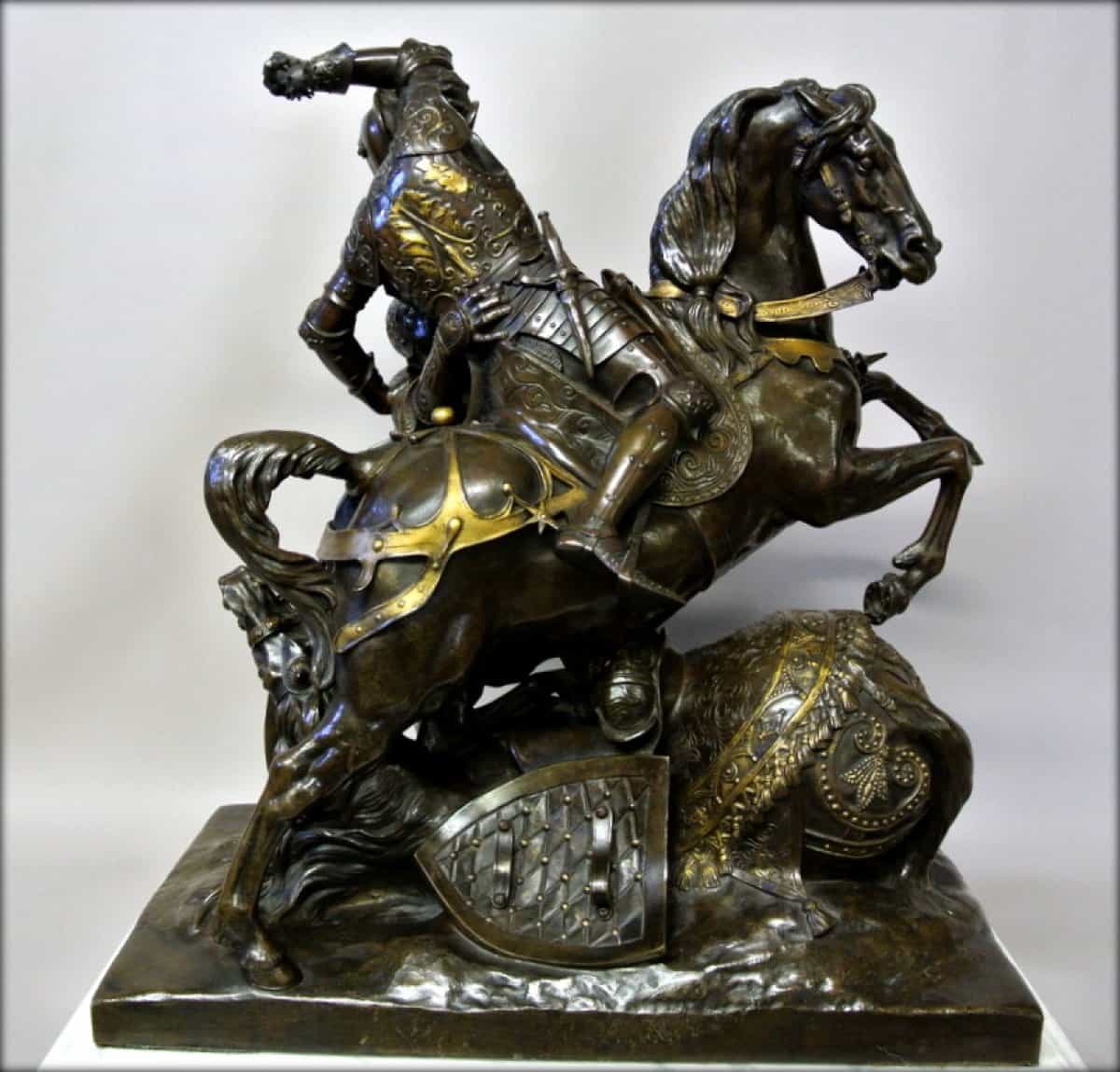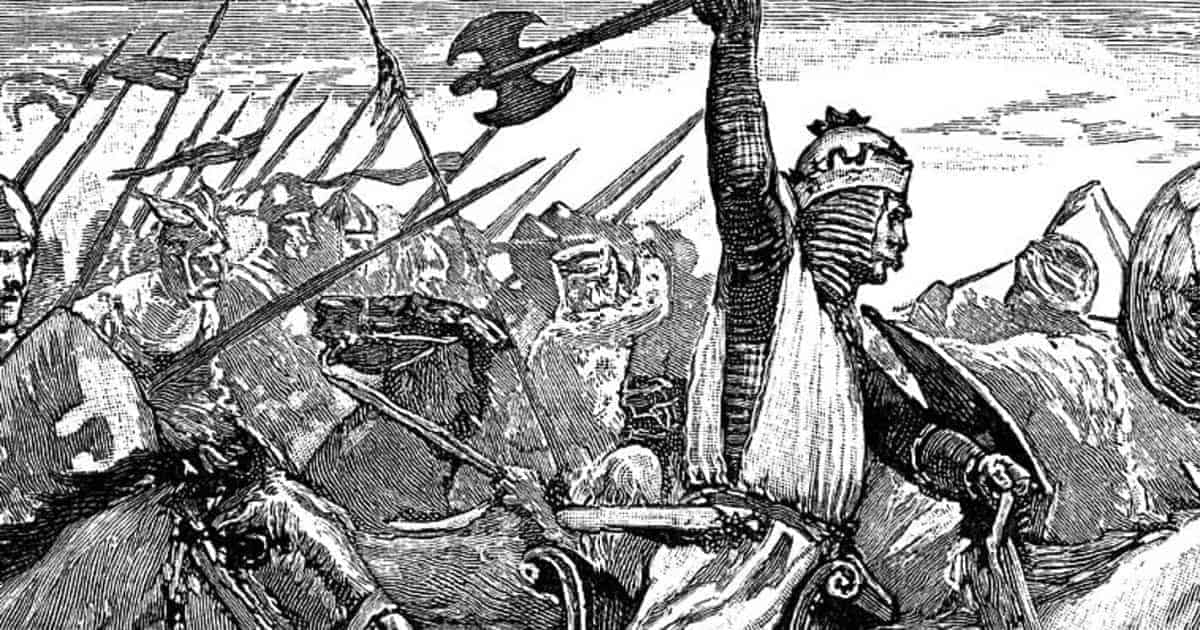It is no exaggeration to describe the Battle of Tours, which took place on October 10, 732, as one of the single most important battles in European history. The exact location of the battlefield is unknown, but the fight occurred somewhere between Tours and Poitiers. It was a decisive battle in the Umayyad Caliphate’s invasion of Gaul as they were defeated by a combined Kingdom of the Franks force led by the legendary Charles ‘the Hammer’ Martel.
Martel’s victory over his enemy’s forces, led by the Emir of Cordoba, Abdul Rahman Al Ghafiqi, prevented the Muslimization of Western Europe. As well as halting the Islamic conquest, the Frankish win at Tours ensured that Christianity remained the controlling faith in Western Europe. At that time, the Muslim invaders were also busily trying to dismantle the Byzantine Empire in the East. Before we look at the battle, it is important to understand the events leading up to Tours.

The Muslim Invasion of Western Europe
The Umayyad conquest of Hispania began in 711 when Caliph Al-Walid I ordered Tariq ibn Ziyad to launch an invasion. Ziyad’s army disembarked from Gibraltar and began campaigning northwards. The Battle of Guadalete was an early victory, and Ziyad was joined by wali Musa ibn Nusair. The combined armies of both men continued to make inroads into enemy territory, and by 717 they had reached Septimania after crossing the Pyrenees.
A commander by the name of Al-Samh ibn Malik al-Khawlani took over the Arab-Berber forces and captured Barcelona and Narbonne in 719. This marked the beginning of the Umayyad conquest of Gaul. Although the Muslims suffered defeat at the Battle of Toulouse in 721, they retained control of Septimania, and in 725, Anbasa ibn Suhaym Al-Kalbi laid siege to Carcassonne. He forced the city to give tribute, cede half of its territory and make a defensive and offensive alliance with the Muslims.

Uthman ibn Niassa was the commander of the Berber forces, and he became Governor of Cerdanya sometime after the siege of Carcassonne. By this time, the Berber forces were beginning to show a degree of resentment towards the Arab forces. In 731, Niassa allied with Odo of Aquitaine, the victor at the Battle of Toulouse. Niassa killed the Gothic Bishop of Urgell, and Abdul Rahman Al Ghafiqi, the new commander of Cordoba, launched an expedition against Niassa and the usurper was murdered in Cerdanya after being surrounded by Al Ghafiqi’s troops.
Al Ghafiqi then attacked Odo who was still trying to recover after facing Charles Martel. Odo’s forces were defeated by the Muslim commander at the Battle of the River Garonne in 732. Al Ghafiqi ordered his men to move north where they plundered Poitou. At this point, Odo attempted a desperate last gamble by appealing to Martel for help; he warned the Frankish commander about the dangers posed by the invading Muslims. Martel eventually agreed but only after Odo submitted to Frankish rule. The scene was set for one of history’s greatest battles as Martel sought to use the element of surprise to his advantage.

